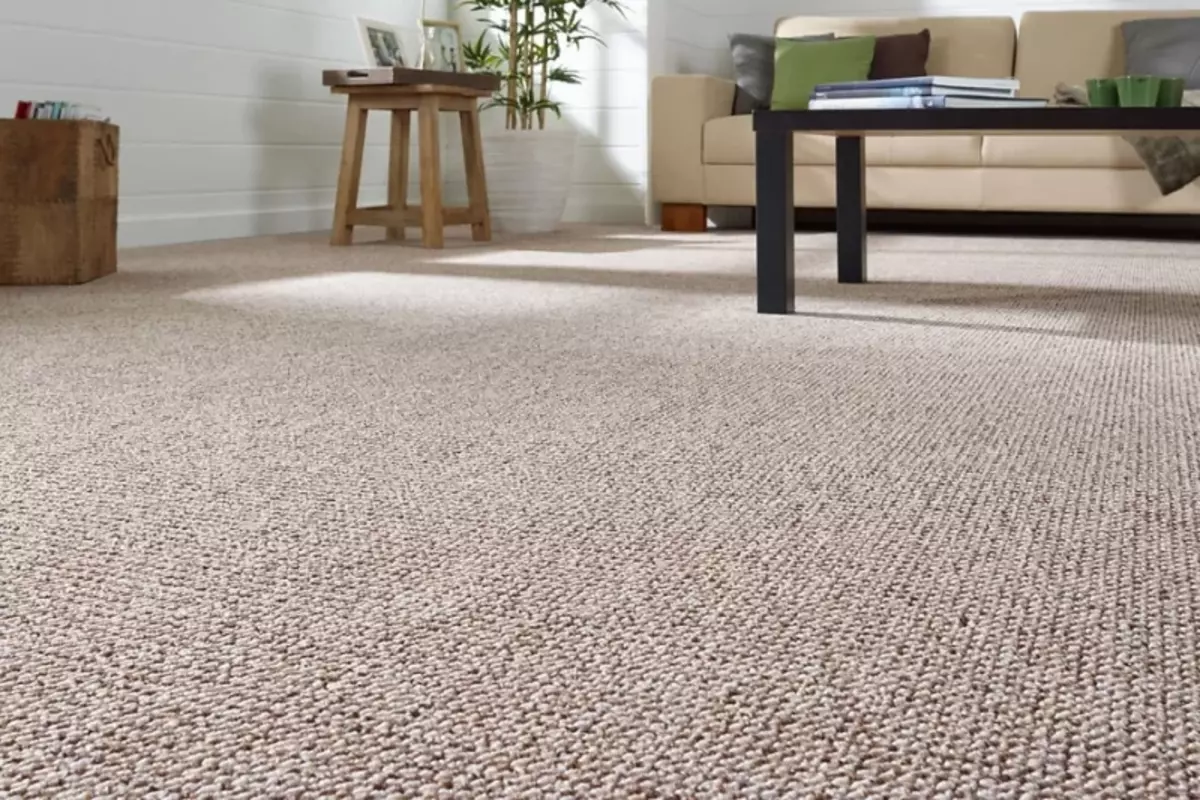Business
The Eco-Friendly Advantages of Wool Carpet Flooring

Many options are available when selecting flooring for your home, but few combine luxurious comfort, durability, and eco-friendliness like wool carpet flooring. Carpet floor not only adds warmth and comfort to your home but also provides excellent sound insulation, reducing noise levels in your living spaces. Wool, a natural and renewable resource, has been used for centuries to create soft, warm, and inviting carpets. We will explore the eco-friendly advantages of wool carpet flooring, from its sustainable production to its ability to enhance indoor air quality and reduce energy consumption.
Eco-friendly advantages of wool carpet flooring
- Sustainable Wool Production
One of the most paramount eco-friendly advantages of wool carpet flooring lies in the sustainable production of wool itself. Wool is a natural fiber obtained from the fleece of sheep. Unlike synthetic fibers like nylon or polyester, wool is a renewable resource that can be harvested annually through shearing without harming the sheep. Furthermore, growing sheep for wool production has a relatively low environmental impact compared to manufacturing synthetic carpet fibers. It requires minimal use of fossil fuels and synthetic chemicals, making it a more sustainable choice for environmentally conscious consumers.
- Biodegradability and Minimal Environmental Impact
Wool is a biodegradable material, meaning it can naturally decompose at the end of its life cycle without contributing to landfills. On the other hand, synthetic carpet materials often take hundreds of years to break down, releasing harmful chemicals into the environment during their decomposition. Choosing wool carpet flooring can significantly reduce your home’s environmental footprint and minimize the long-term impact on the planet. When it’s time to replace your wool carpet, you can rest assured that it won’t contribute to the growing problem of non-biodegradable waste.
- Energy Efficiency and Insulation
Wool carpet flooring offers excellent insulation properties, helping to maintain a comfortable indoor temperature year-round. Wool fibers have a unique structure that allows them to trap air effectively, providing natural thermal insulation. As a result, rooms with wool carpeting tend to stay warmer in the winter and cooler in the summer. The energy-efficient qualities of wool carpet can reduce your reliance on heating and cooling systems, ultimately lowering your energy consumption and utility bills. Wool carpet flooring supports eco-friendly practices and sustainable living by helping to create a more stable indoor environment.
- Improved Indoor Air Quality
Indoor air quality is a crucial consideration for eco-conscious homeowners. Wool carpet flooring can improve indoor air quality by acting as a natural filter. The microscopic scales on wool fibers capture and hold small particles, such as dust, pollen, and allergens, preventing them from becoming airborne. This natural air-purifying effect helps reduce allergens and pollutants in your home, making it a healthier and more comfortable living environment. Additionally, wool has inherent moisture-regulating properties, absorbing and releasing moisture from the air to maintain optimal humidity levels.
- Durability and Longevity
Investing in wool carpet flooring is a fashionable choice for sustainability because it is exceptionally durable and long-lasting. Wool fibers are naturally resilient, so they can defy heavy foot traffic and maintain their appearance over time. High-quality wool carpets can last for decades with proper care and maintenance. The longevity of wool carpeting reduces the need for frequent replacements, which can be resource-intensive and contribute to waste. By choosing a flooring option that stands the test of time, you can reduce your environmental impact and minimize the consumption of materials.
- Resistance to Stains and Soil
Wool carpet flooring possesses a natural resistance to stains and soil due to the structure of its fibers. The outer layer of wool fibers encloses a waxy substance called lanolin, which repels liquids and prevents them from penetrating the fiber’s core. This makes cleaning and maintaining wool carpeting more comfortable without harsh chemicals or excessive water usage. Additionally, wool’s natural resistance to static electricity and its flame-retardant properties contribute to a safer and more eco-friendly indoor environment. These qualities make wool carpet flooring a suitable choice for households with children and pets and those aiming to reduce their reliance on chemical cleaners.
- Low Volatile Organic Compounds (VOCs)
Volatile Organic Compounds (VOCs) are chemicals that can off-gas from certain building materials and products, contributing to indoor air pollution and potential health concerns. Wool carpet flooring has low VOC emissions, making it a preferable alternative for maintaining healthier indoor air quality. You can create a safer and more environmentally friendly living space by selecting wool carpeting with low VOC content. This is particularly important for individuals with allergies, asthma, or chemical sensitivities and those who desire to minimize their carbon footprint.
Wool carpet flooring offers many eco-friendly benefits, making it an excellent choice for environmentally-conscious homeowners. From sustainable production to biodegradability, energy efficiency, enhanced indoor air quality, and resistance to stains and soil, wool carpeting combines luxury and functionality with responsible environmental practices. By choosing wool carpet flooring for your home, you can enjoy the comfort and style of a luxurious floor covering while contributing to a more sustainable and eco-friendly living space. Contact California Flooring and Design for a free home estimate if you are inquisitive about getting carpet floors.
Harper Harrison is a reporter for The Hear UP. Harper got an internship at the NPR and worked as a reporter and producer. harper has also worked as a reporter for the Medium. Harper covers health and science for The Hear UP.










